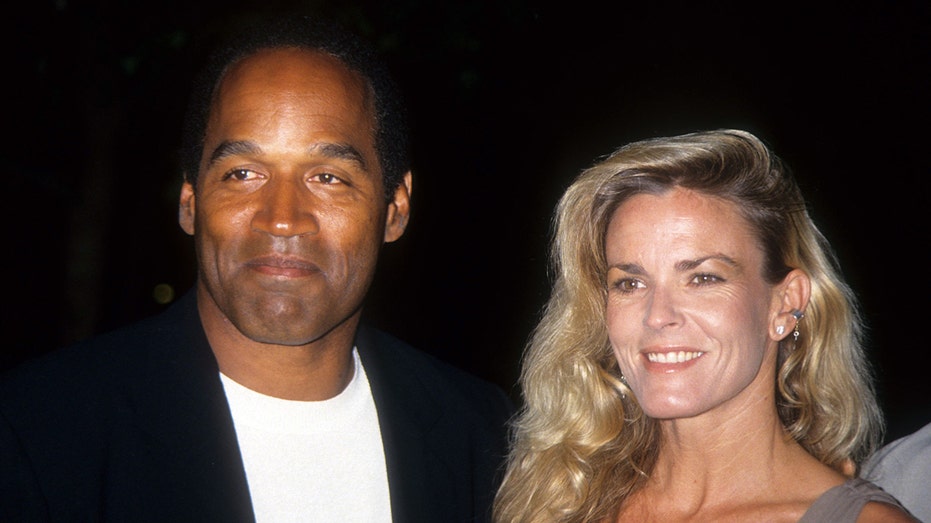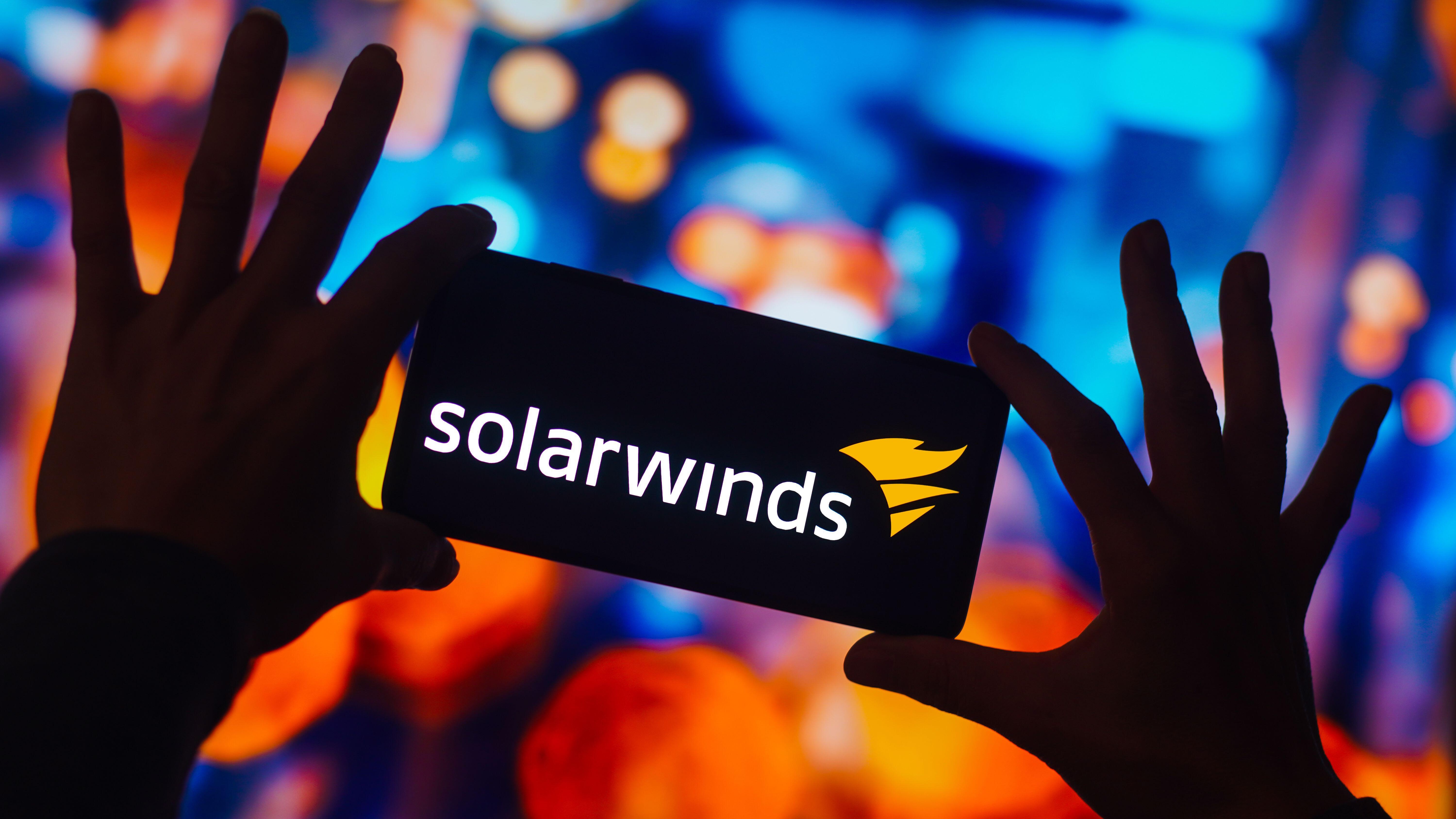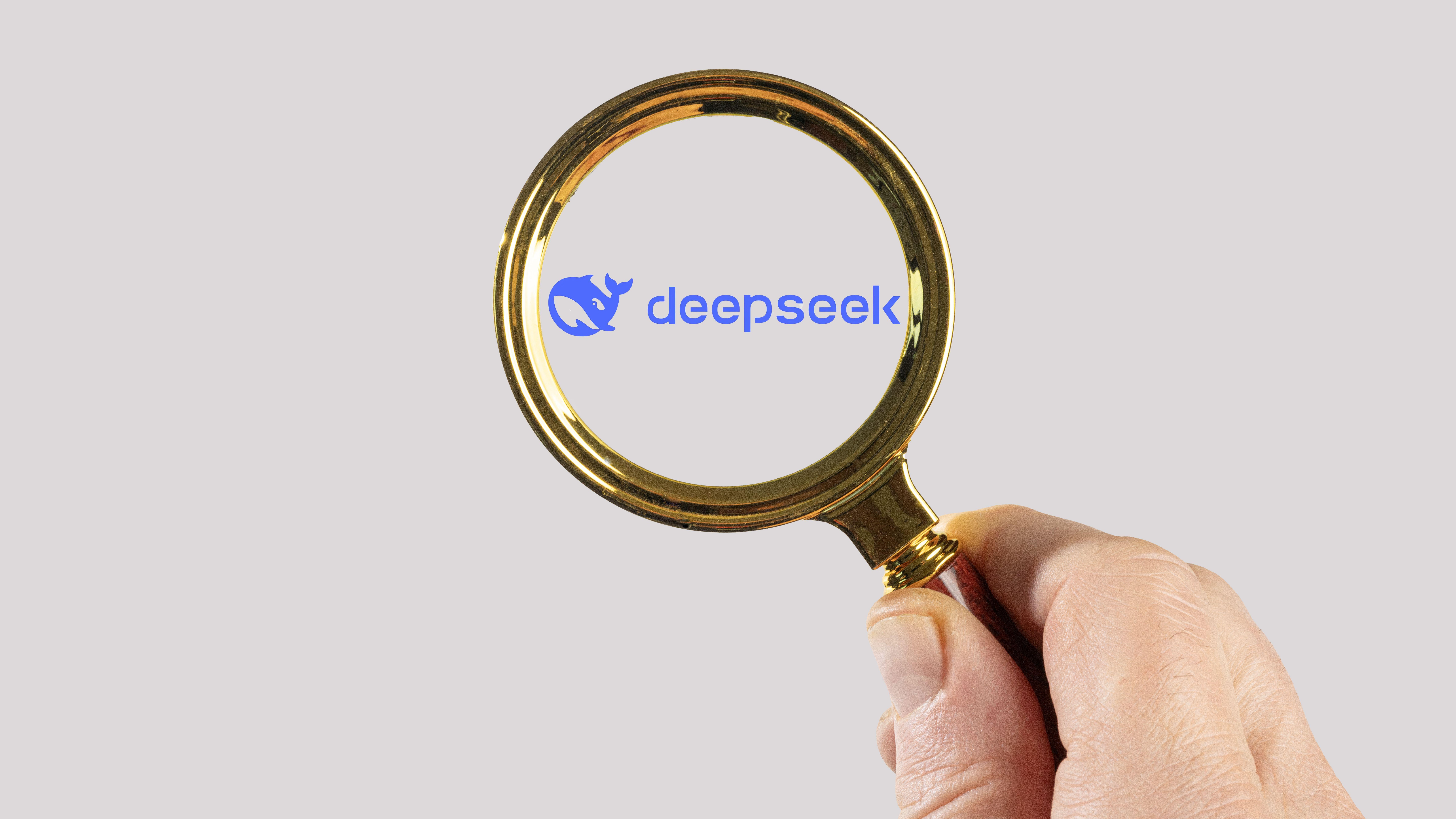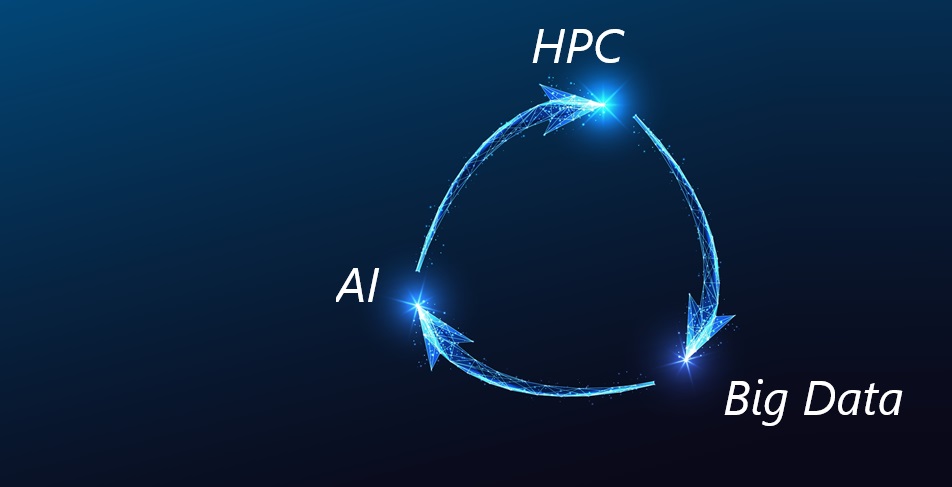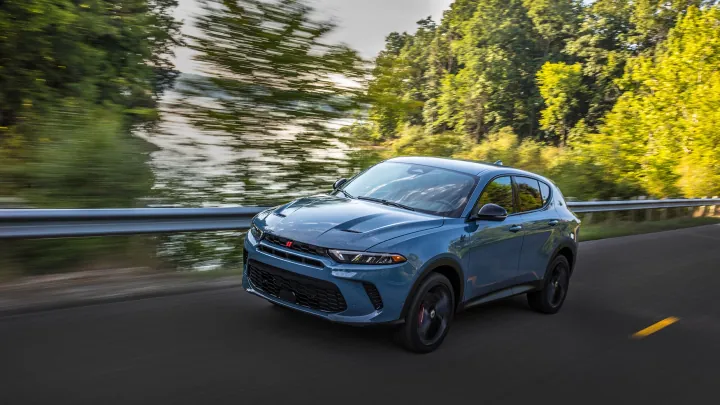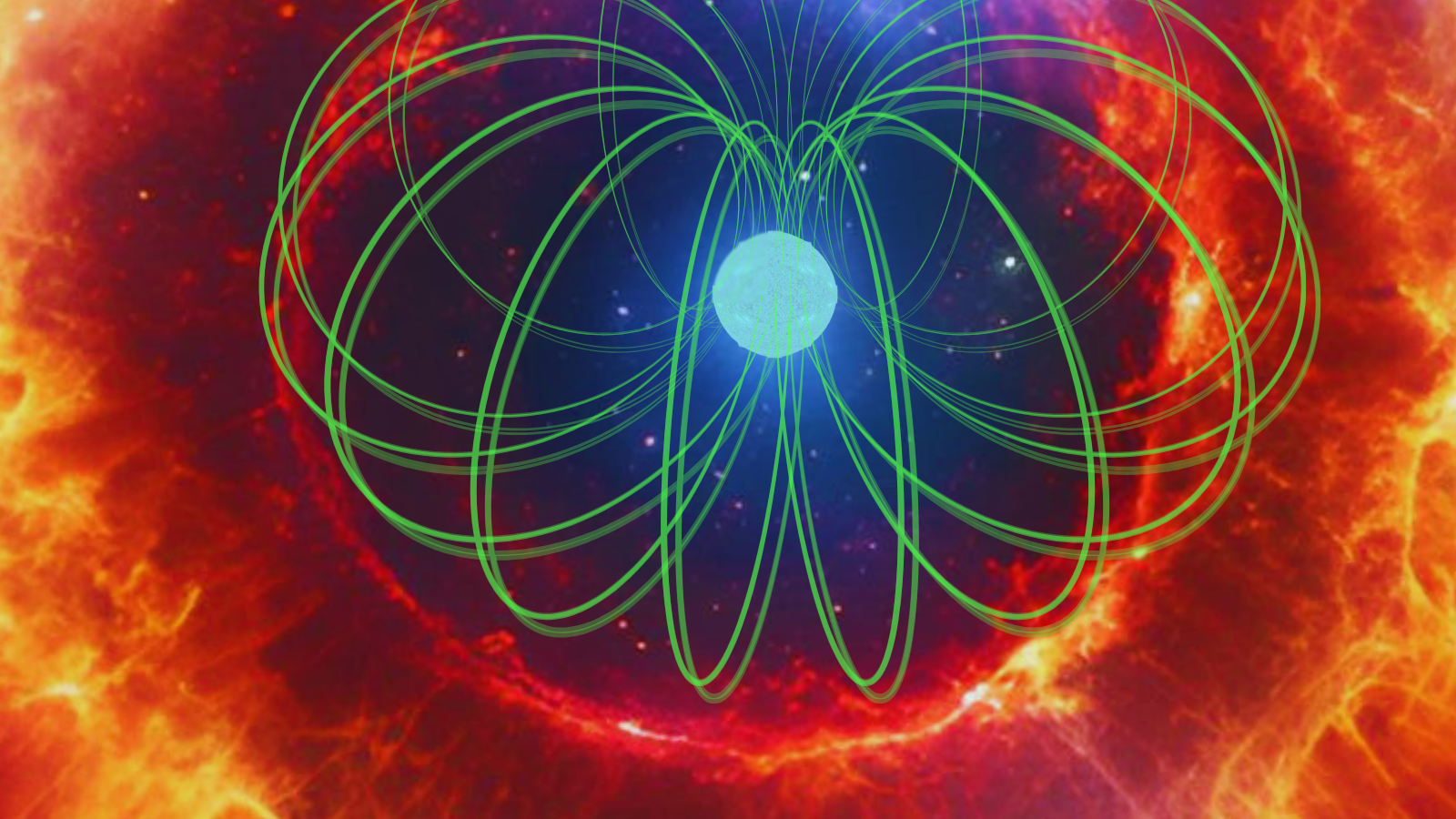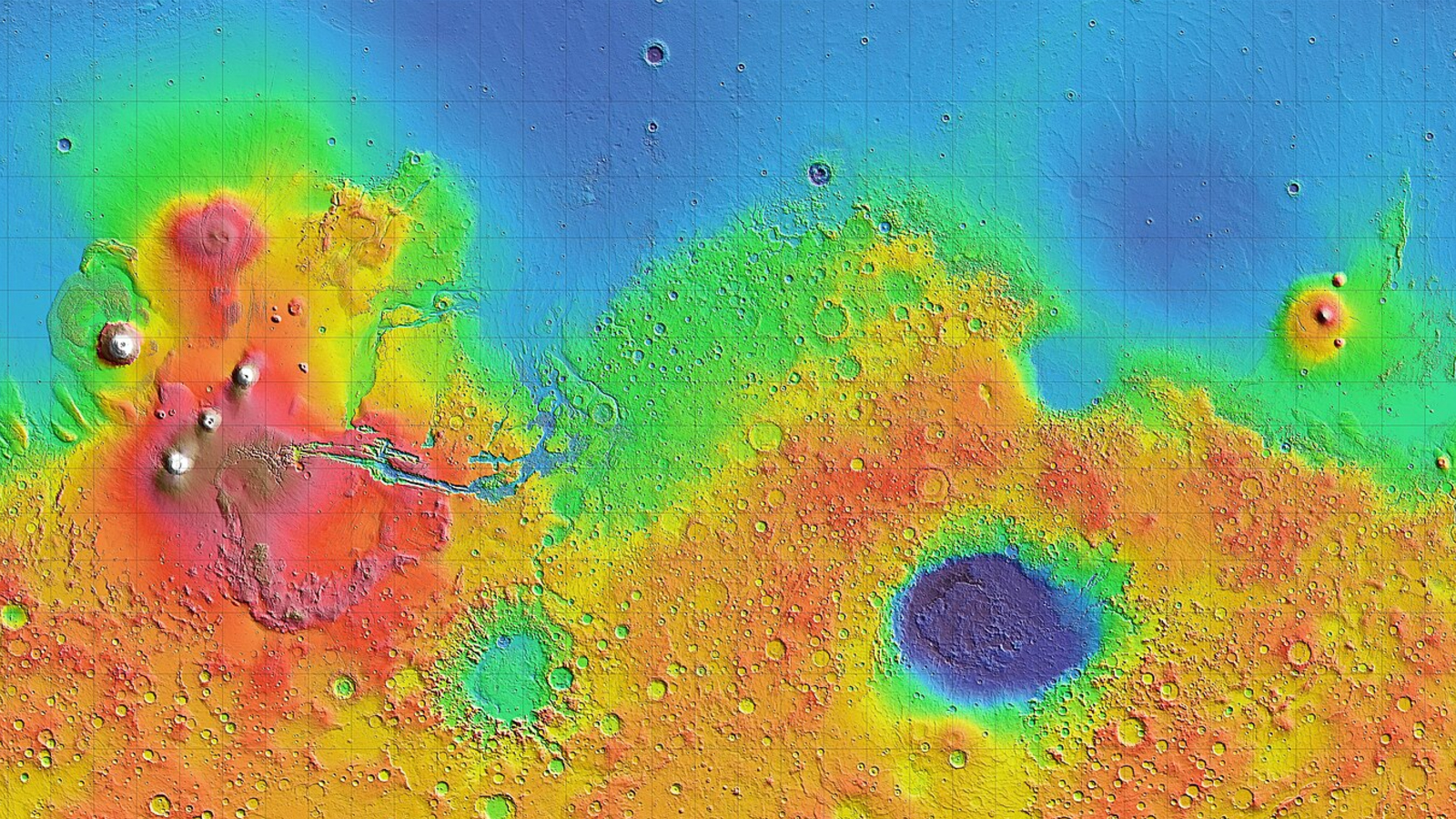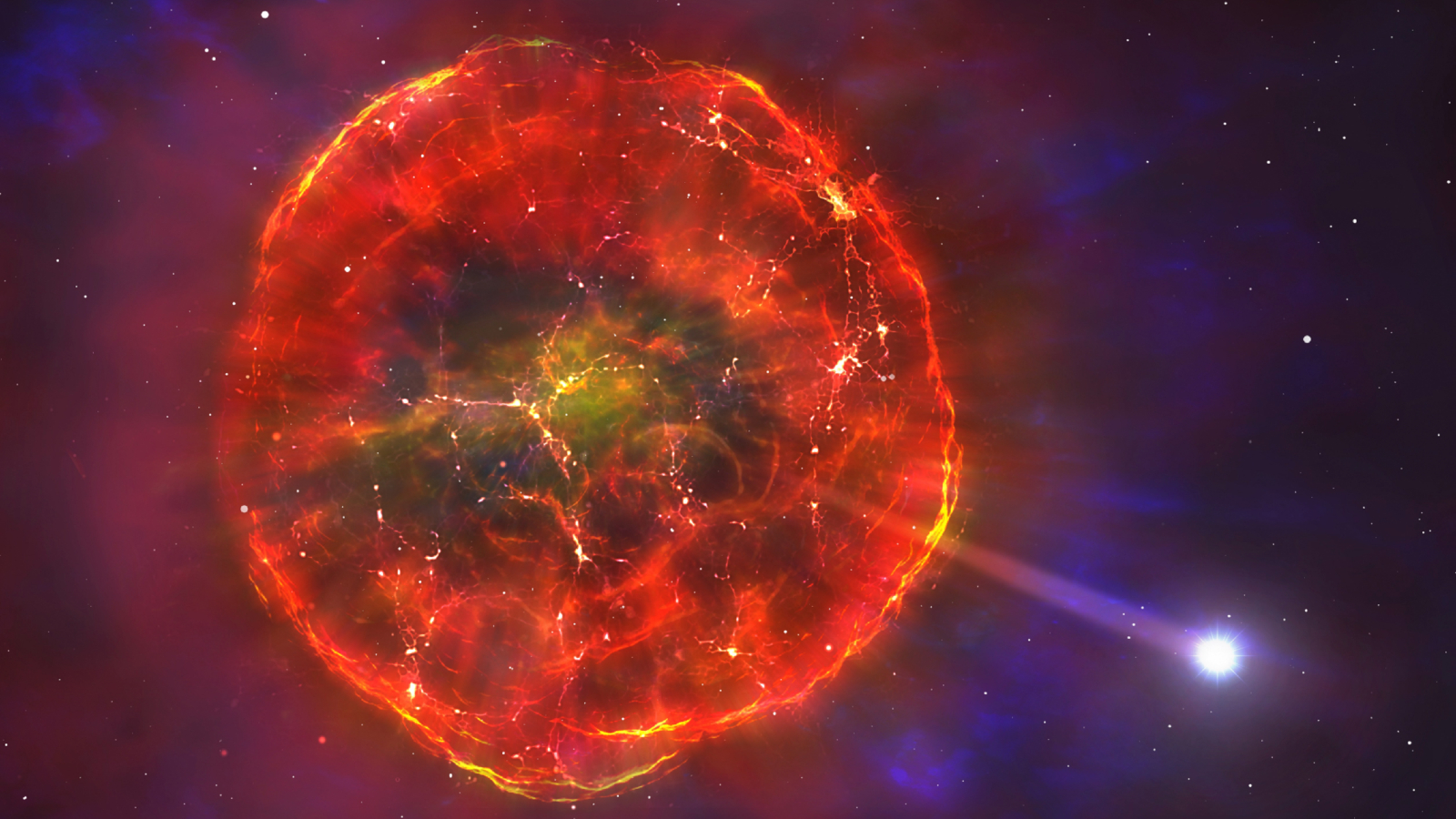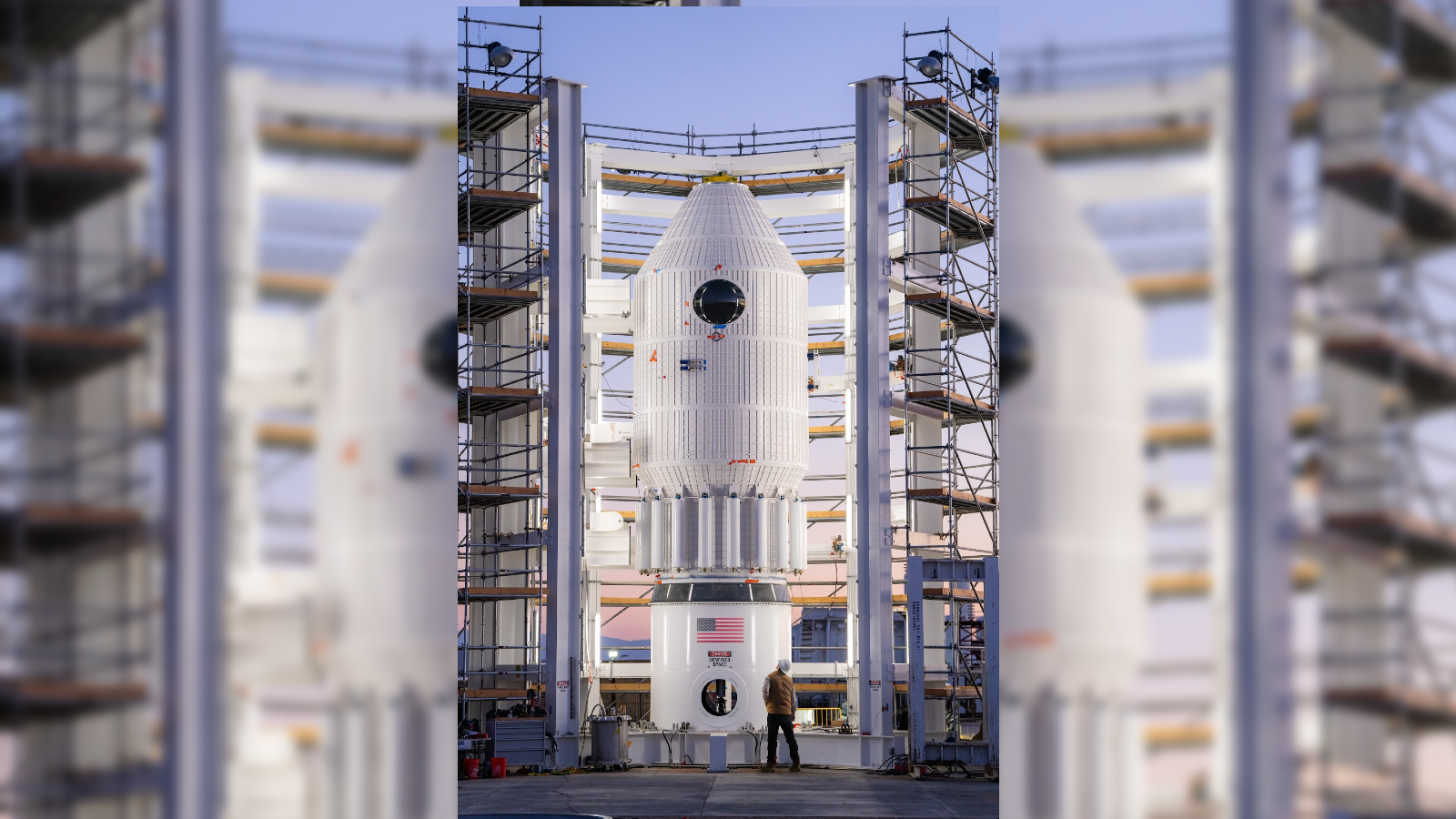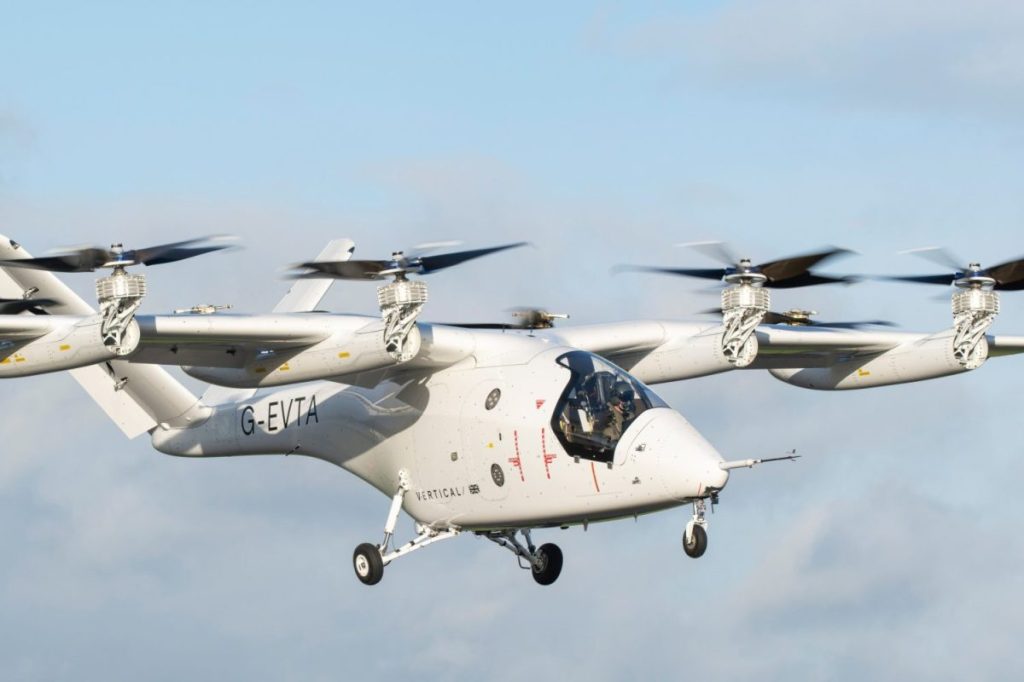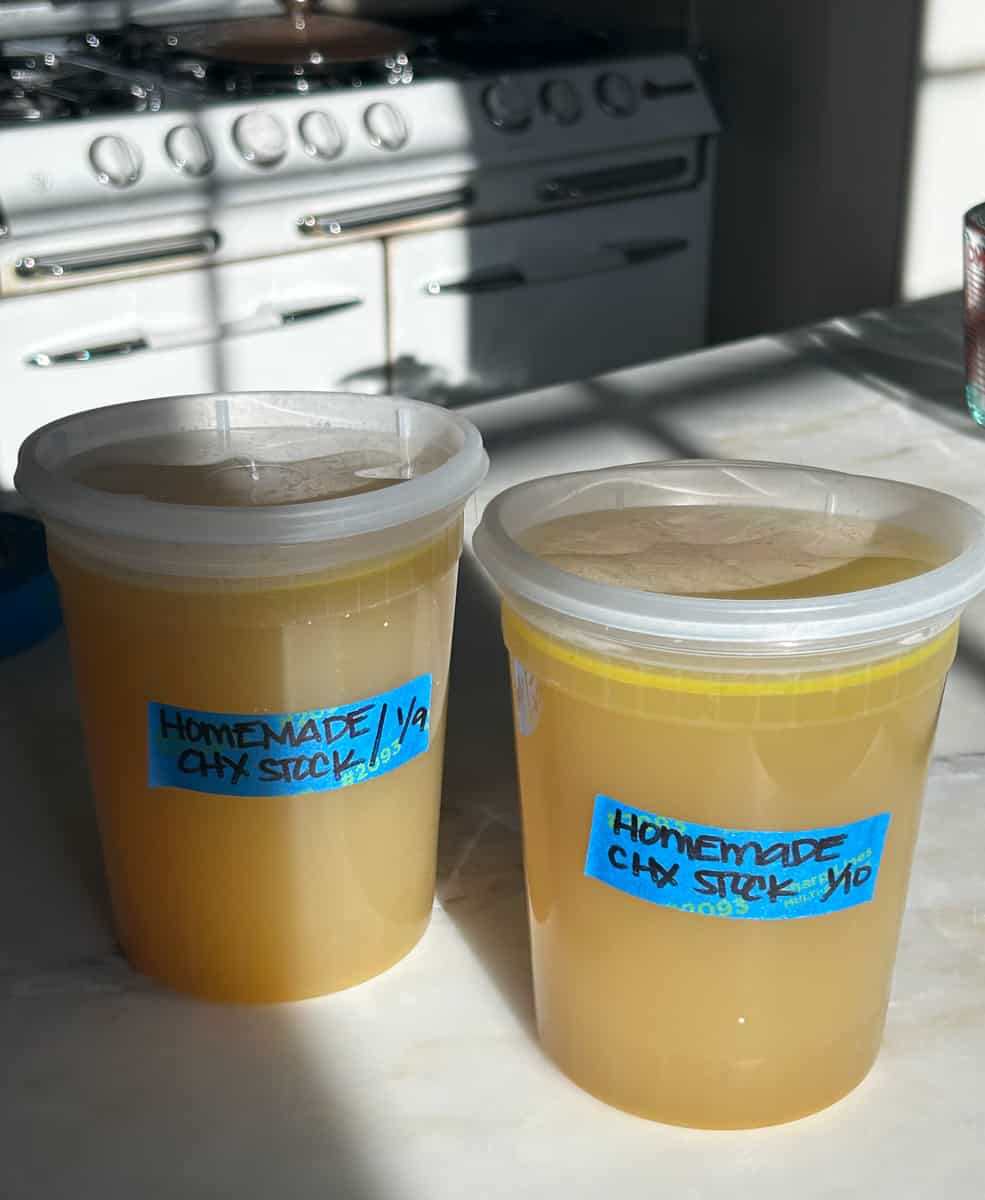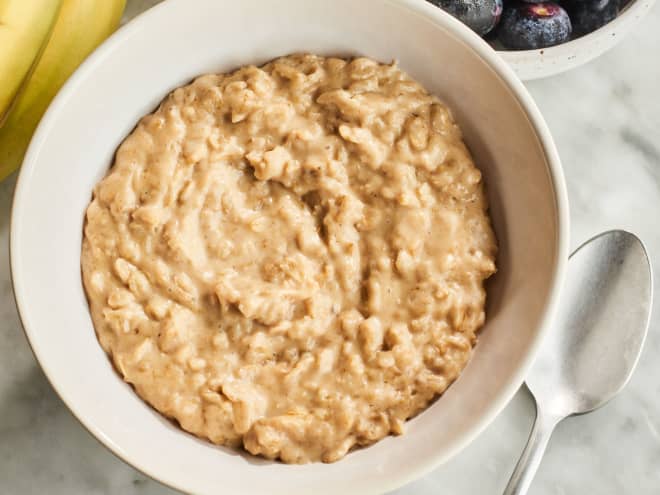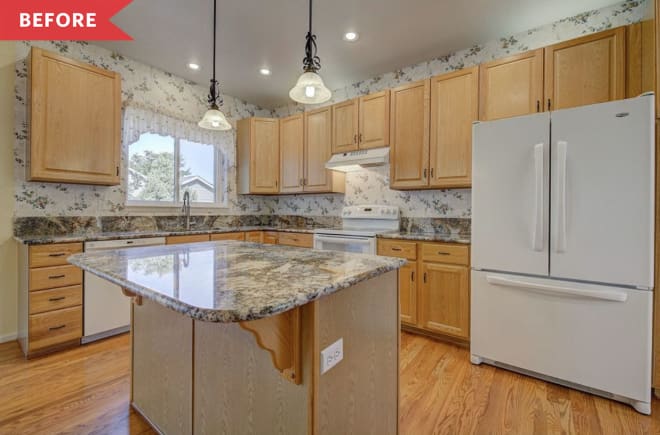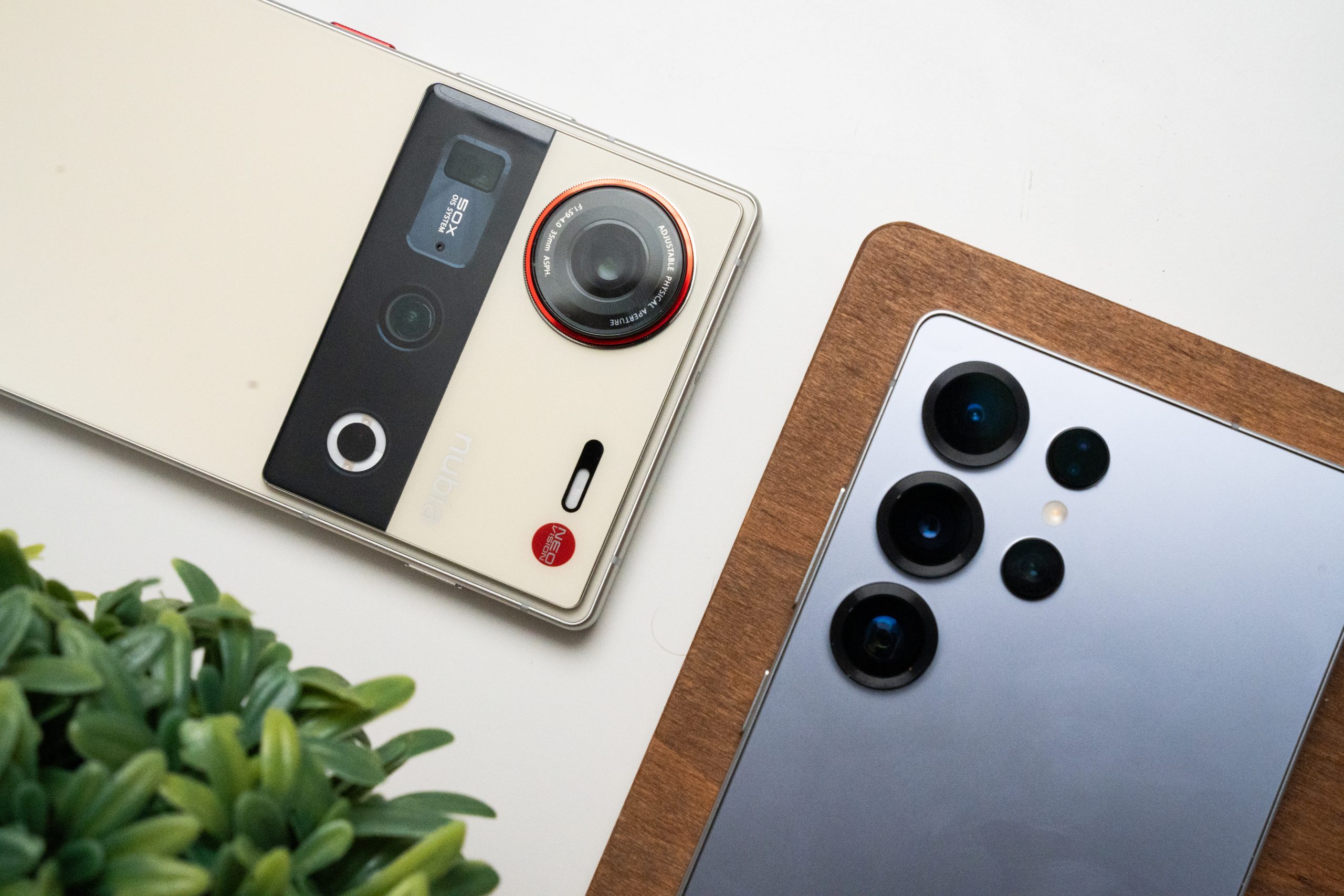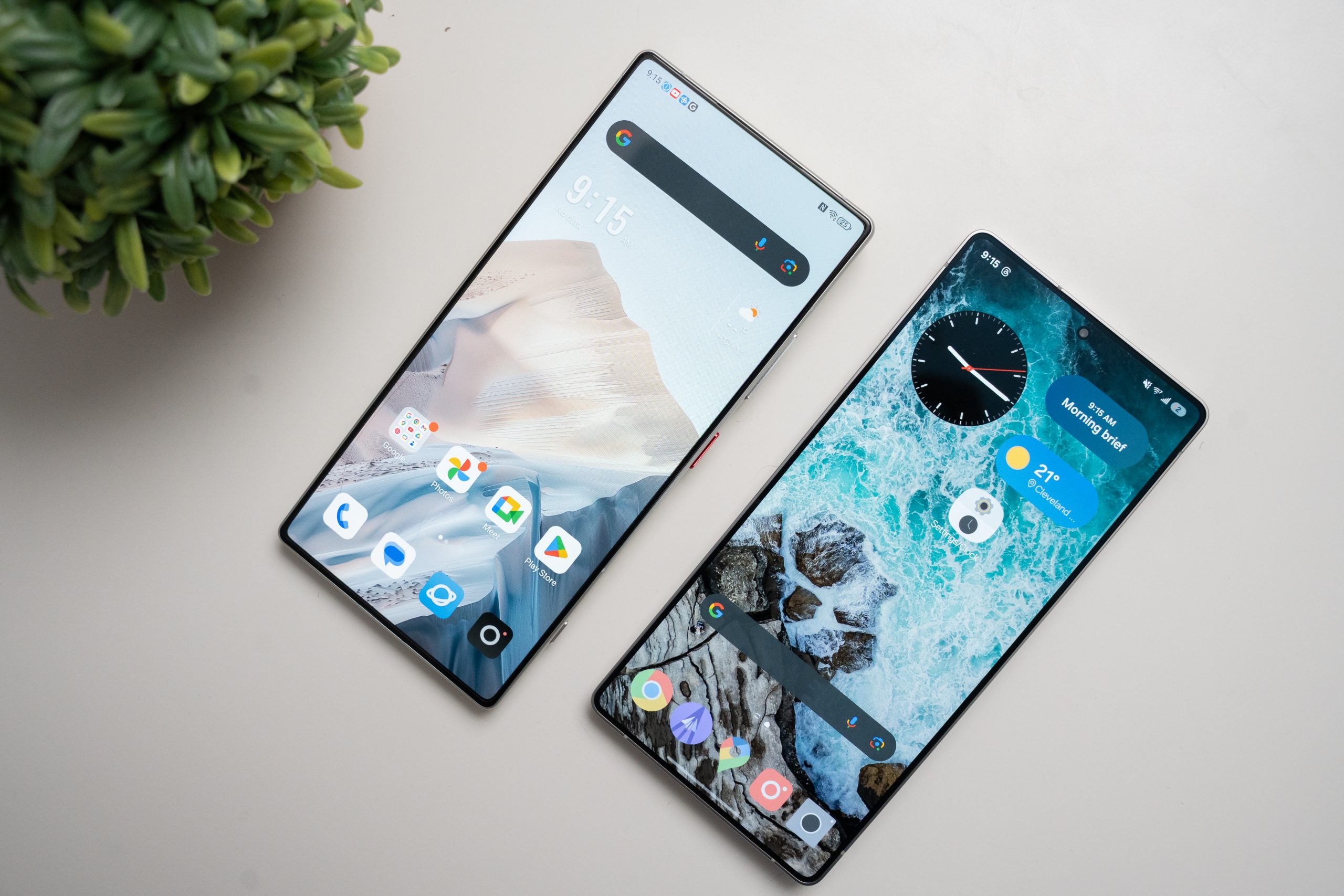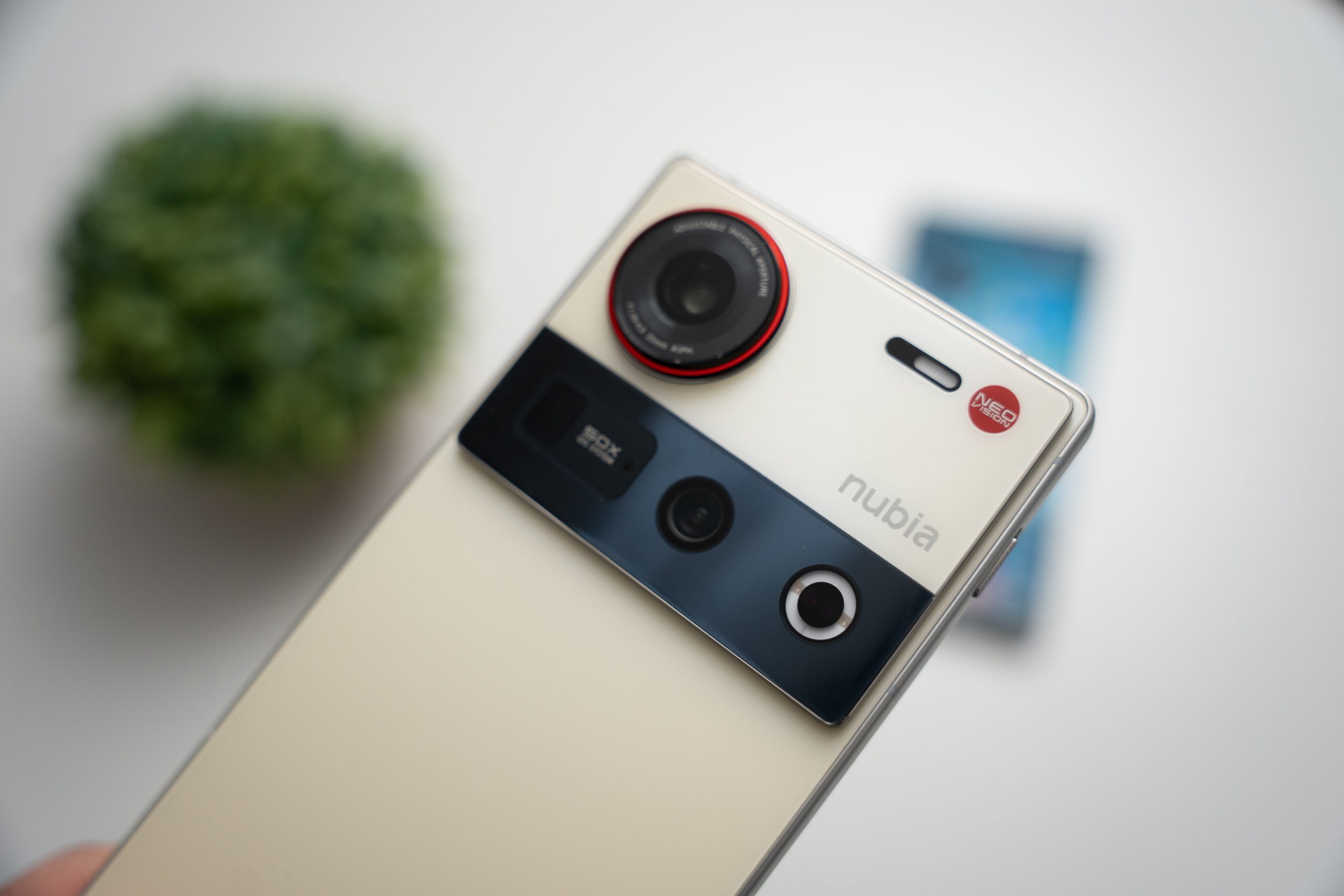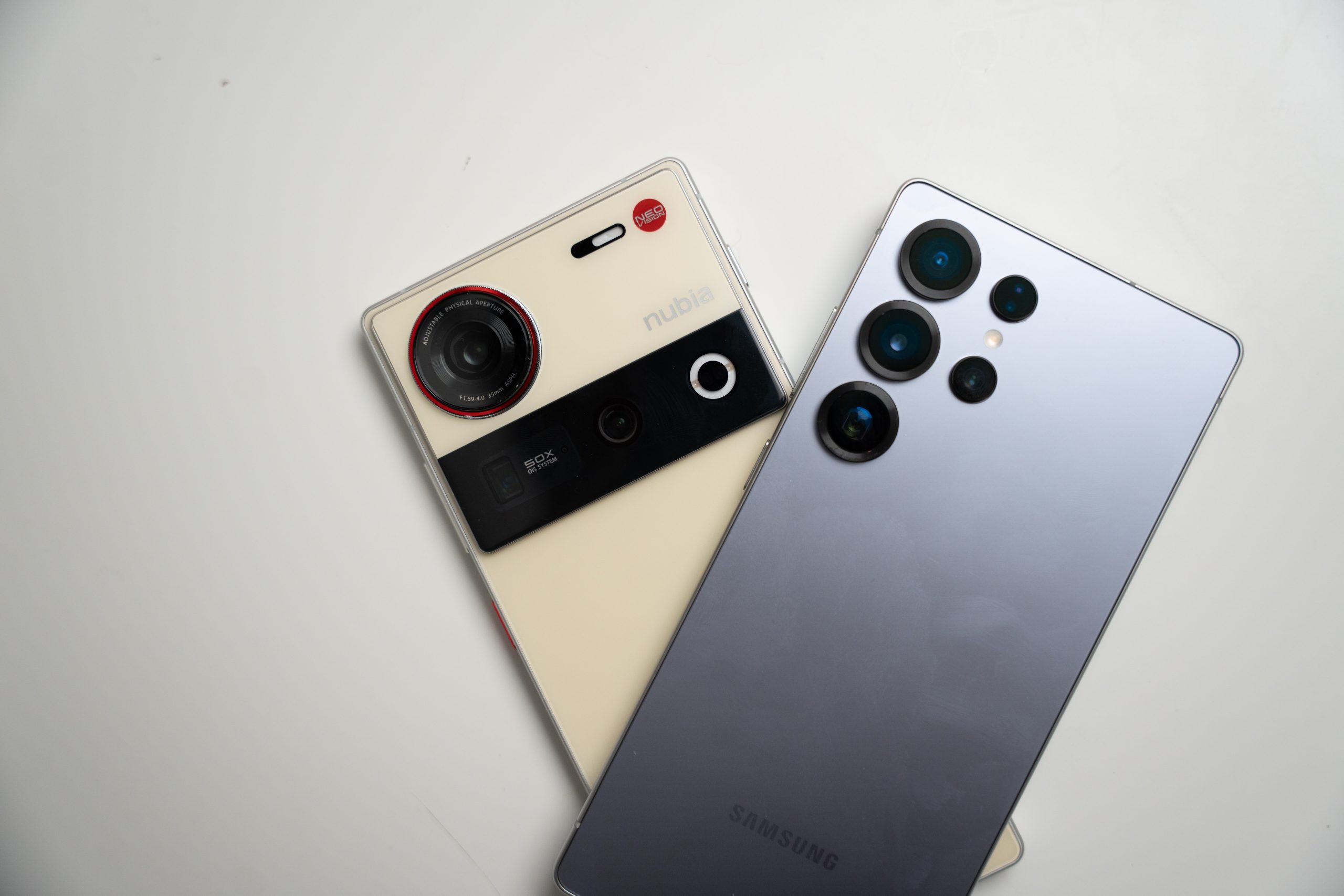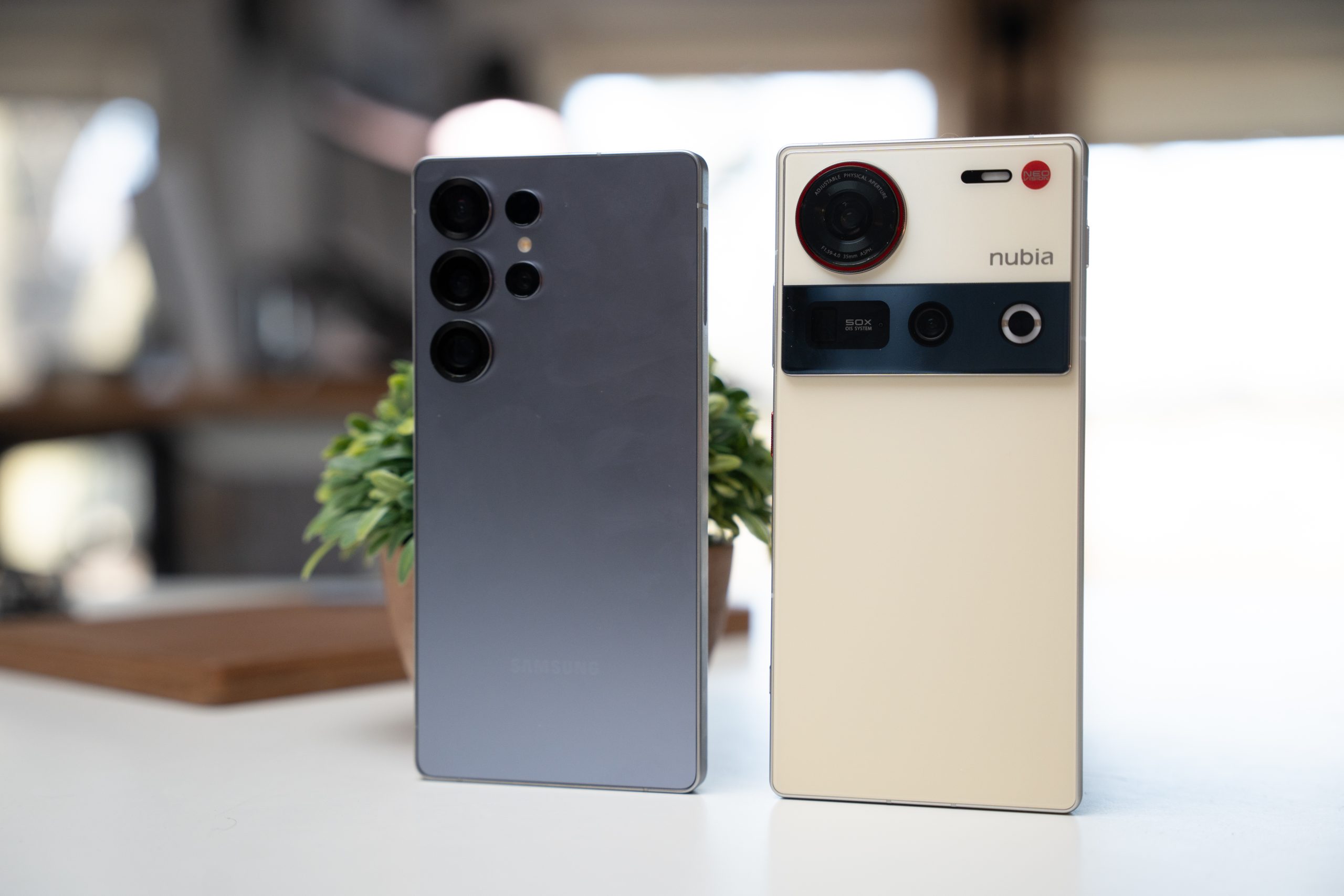Battle of the Ultras: Samsung Galaxy S25 Ultra vs Nubia Z70 Ultra
The Samsung Galaxy S25 Ultra and Nubia Z70 Ultra are two of the most powerful flagship smartphones of 2025. While the S25 Ultra is designed for versatility, productivity, and long-term software support, the Z70 Ultra focuses on delivering high-performance gaming and an immersive display experience. If you’re trying to decide between both phones, here’s our comparison which will hopefully help you with your choice. Design When it comes to design, the Samsung Galaxy S25 Ultra and the Nubia Z70 Ultra are similar in the sense that both phones sport massive displays (more on that later). However, the design philosophies of […] The post Battle of the Ultras: Samsung Galaxy S25 Ultra vs Nubia Z70 Ultra appeared first on Phandroid.
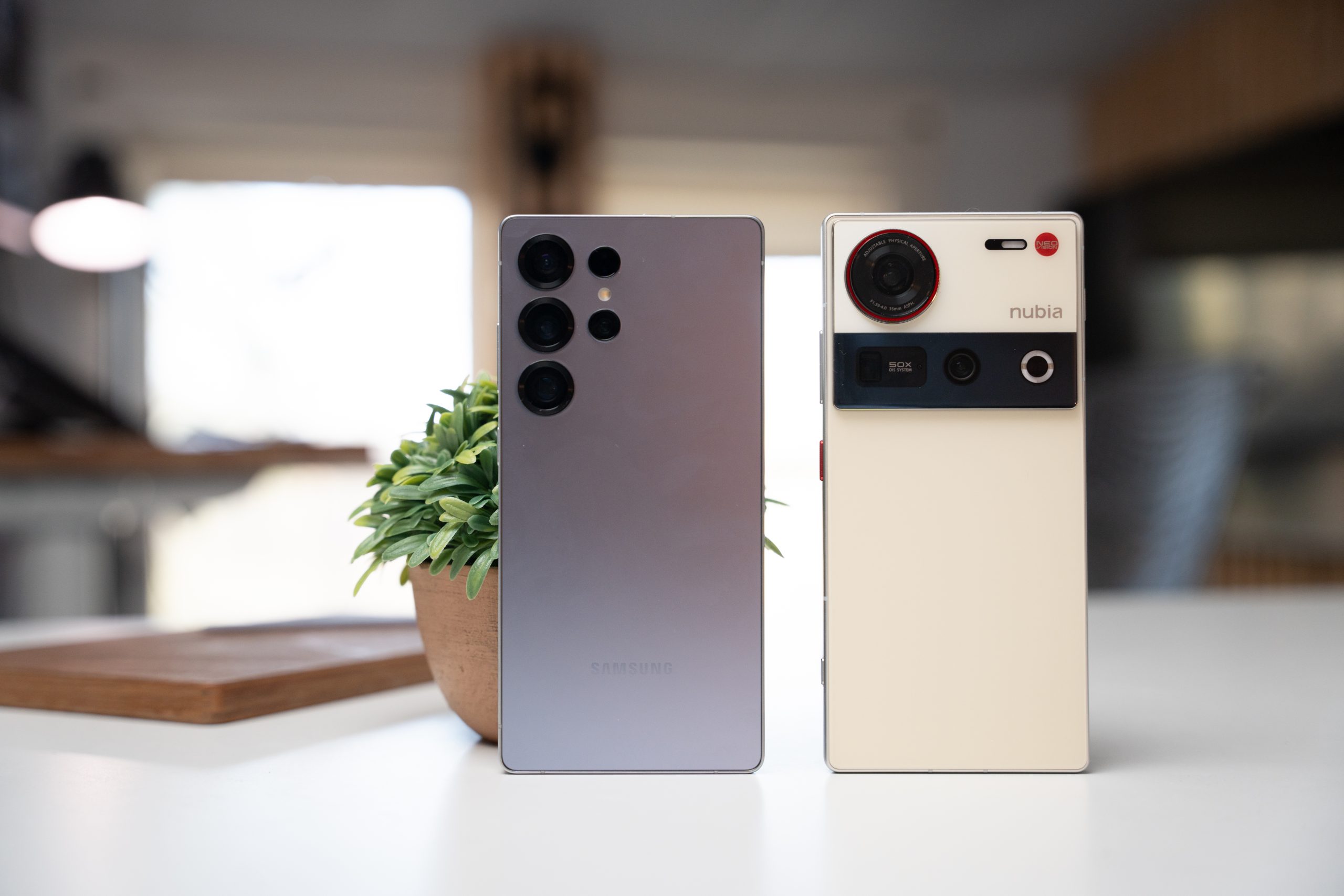
The Samsung Galaxy S25 Ultra and Nubia Z70 Ultra are two of the most powerful flagship smartphones of 2025. While the S25 Ultra is designed for versatility, productivity, and long-term software support, the Z70 Ultra focuses on delivering high-performance gaming and an immersive display experience. If you’re trying to decide between both phones, here’s our comparison which will hopefully help you with your choice.
Design
When it comes to design, the Samsung Galaxy S25 Ultra and the Nubia Z70 Ultra are similar in the sense that both phones sport massive displays (more on that later). However, the design philosophies of both companies are pretty evident. Samsung has opted for a more “classic” look, while Nubia has gone for something a bit more modern and edgy with the camera bar stretching across the back of the phone.
In terms of materials, the Galaxy S25 Ultra features a titanium frame. This makes it both durable and lightweight. On the other hand, the Nubia Z70 Ultra uses an aluminum frame with a glass back, making it slightly heavier at 228g compared to the S25 Ultra’s 218g. However, one standout feature of the Z70 Ultra is its IP69 rating, which offers slightly better protection against water and dust compared to the IP68 rating on the Galaxy S25 Ultra.
One stand-out feature of the Galaxy S25 Ultra is that comes with the S Pen stylus. This is a feature that is extremely rare among smartphones these days. If you like taking down handwritten notes or drawing on the go, the S Pen gives the Galaxy S25 Ultra the edge over the Z70 Ultra.
Display
Both smartphones offer massive displays. The Galaxy S25 Ultra has a 6.9-inch display, while the Z70 Ultra has a 6.85-inch display. The difference of 0.05 inches is probably negligible to the naked eye, but on paper the Galaxy S25 Ultra has the larger display.
In terms of display type, the Galaxy S25 Ultra uses a Dynamic LTPO AMOLED panel with a 1440 x 3120 resolution, giving it a pixel density of 498 PPI. The display supports a 120Hz refresh rate and has a peak brightness of 2,600 nits, making it excellent for outdoor visibility. Additionally, HDR10+ support enhances contrast and colors when streaming content.
Meanwhile, the Nubia Z70 Ultra uses an AMOLED display with a resolution of 1216 x 2688, giving it a pixel density of 431 PPI. This makes the phone’s display less sharp compared to Samsung’s. However, once again, to the naked eye, it might not be very obvious. The Z70 Ultra does have a slight edge over Samsung with its faster 144Hz refresh rate, making it an ideal choice for gamers.
However, it falls short in brightness, maxing out at 2,000 nits, and it only supports HDR10 instead of HDR10+.
Performance
Both devices are powered by Qualcomm’s Snapdragon 8 Elite chipset, one of the most powerful mobile chipsets available in 2025. However, Samsung appears to have an edge because it is using a slightly faster variant of the chipset. The Oryon V2 Phoenix L cores are clocked at 4.47GHz, making it faster compared to the Z70 Ultra which uses the regular Snapdragon 8 Elite with Oryon V2 Phoenix L cores clocked at 4.32GHz.
Both phones start with 12GB of RAM, but the Z70 Ultra has configurations that allow it to go up to 24GB of RAM. This might be ideal for those who use more resource-intensive applications and need to run apps in the background. Additionally, both models utilize UFS 4.0 storage so read and write speeds should be standard.
Another thing to note is that the Galaxy S25 Ultra comes with a larger vapor chamber compared to its predecessor. This should allow it to run cooler when using more intensive apps, such as games.
Cameras
The camera systems on these two devices are quite different, with Samsung offering a quad-camera setup and Nubia opting for a triple-camera array.
The Samsung Galaxy S25 Ultra features:
- 200MP wide-angle camera (f/1.7, OIS, Laser AF, 24mm)
- 50MP periscope telephoto camera (5x optical zoom, f/3.4)
- 10MP telephoto camera (3x optical zoom, f/2.4)
- 50MP ultra-wide camera (f/1.9, PDAF)
Meanwhile, the Nubia Z70 Ultra offers:
- 50MP main camera (f/1.6, OIS, 35mm lens)
- 64MP periscope telephoto camera (3.3x optical zoom, f/2.5)
- 50MP ultra-wide camera (f/1.8, OIS)
For selfies, the S25 Ultra has a 12MP punch-hole camera, while the Z70 Ultra boasts a 16MP under-display camera. The quality of under-display cameras still aren’t up to scratch yet compared to more traditional selfie cams. However, it does make the phone look a lot more sleek as there is no notch or hole-punch cutout. This boils down to a matter of preference, where you can go for a phone that looks sleeker, or a phone whose selfie cam can potentially take better photos.
Battery & Charging
Battery life is one area where Nubia pulls ahead. The S25 Ultra houses a 5,000mAh battery with 45W wired and 15W wireless charging. This feels almost like the bare minimum we can expect from phones these days. This makes the Galaxy S25 Ultra fall behind the Z70 Ultra, which packs a massive 6150mAh battery with 80W wired charging. However, another point of note is that the Z70 Ultra lacks wireless charging. This may be a downside for some users who might appreciate the convenience of wireless charging.
Software & Features
The Samsung Galaxy S25 Ultra runs One UI 7 (based on Android 15), which offers 7 years of major software updates. Samsung’s ecosystem includes features like Samsung DeX for desktop mode, Galaxy AI-powered enhancements, and S Pen productivity tools.
Seeing as AI is all the hype these days, it’s not surprising that Nubia also went for an AI-focused software on its phones with Nebula AIOS. This is also based on Android 15 and comes with a bunch of AI tools. According to Nubia, the AI features are designed to simplify tasks and boost productivity.
It comes with the ability to use AI to search your image gallery, making it easier for users to find what they’re looking for. There are AI translation features as well as a bunch of AI tools that will help with photography. For instance, there is AI Portrait Highlights that the company claims will result in studio-quality headshots. Users can also choose from various bokeh effects depending on the look and style they’re after.
There is also the Game Space feature which allows users to monitor their phone’s CPU and GPU performance and in-game FPS. Those might be important for gamers who want to keep an eye on their phones while they game.
Lastly, we need to address software support. Samsung promises seven years of OS and security updates. Nubia, on the other hand, will only offer three years. This is less than half of what Samsung offers. This might be important if you plan on keeping your phone for an extended period of time.
Pricing
The Nubia Z70 Ultra is priced starting at $749 for the base model with 12GB of RAM and 256GB of storage. The Samsung Galaxy S25 Ultra, on the other hand, is priced considerably higher starting at $1,299.99. The difference of $550 is huge. Plus, there are only certain aspects of the Galaxy S25 Ultra that make it a “better” phone over the Z70 Ultra. If you think those advantages are worth the extra $550, then go for it. If not, the Nubia Z70 Ultra looks like it could be better value for money.
The post Battle of the Ultras: Samsung Galaxy S25 Ultra vs Nubia Z70 Ultra appeared first on Phandroid.

